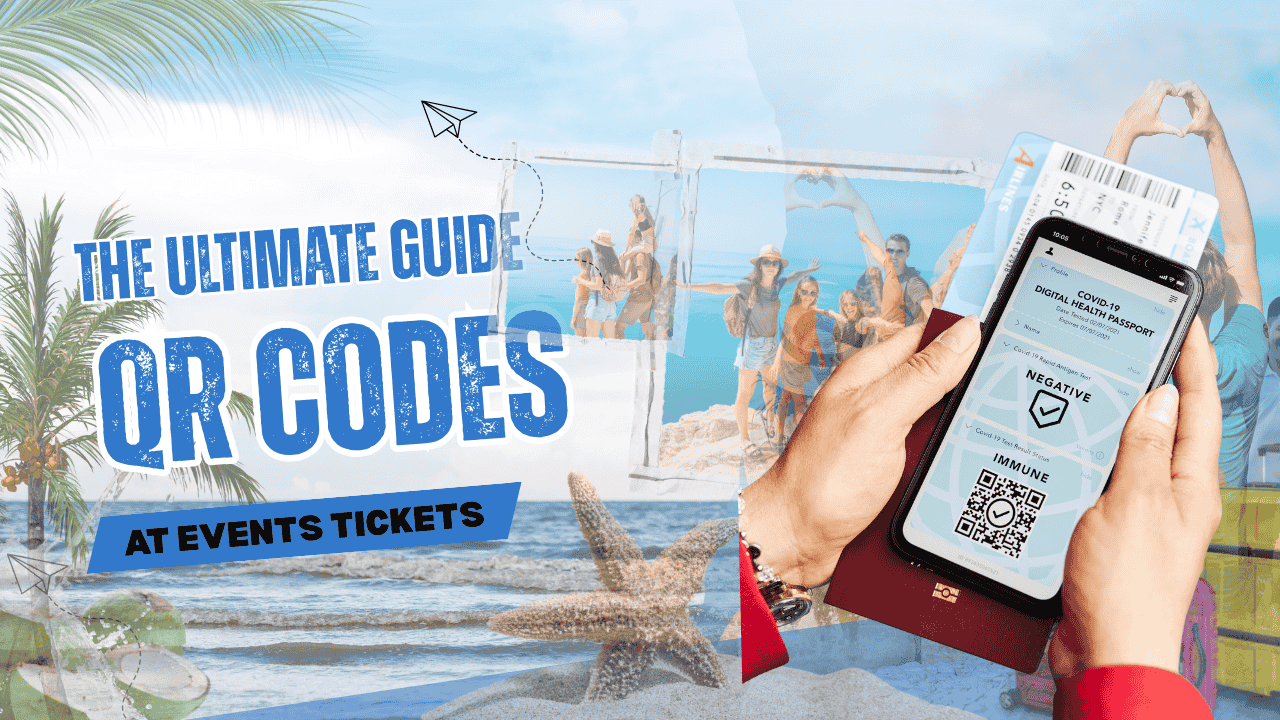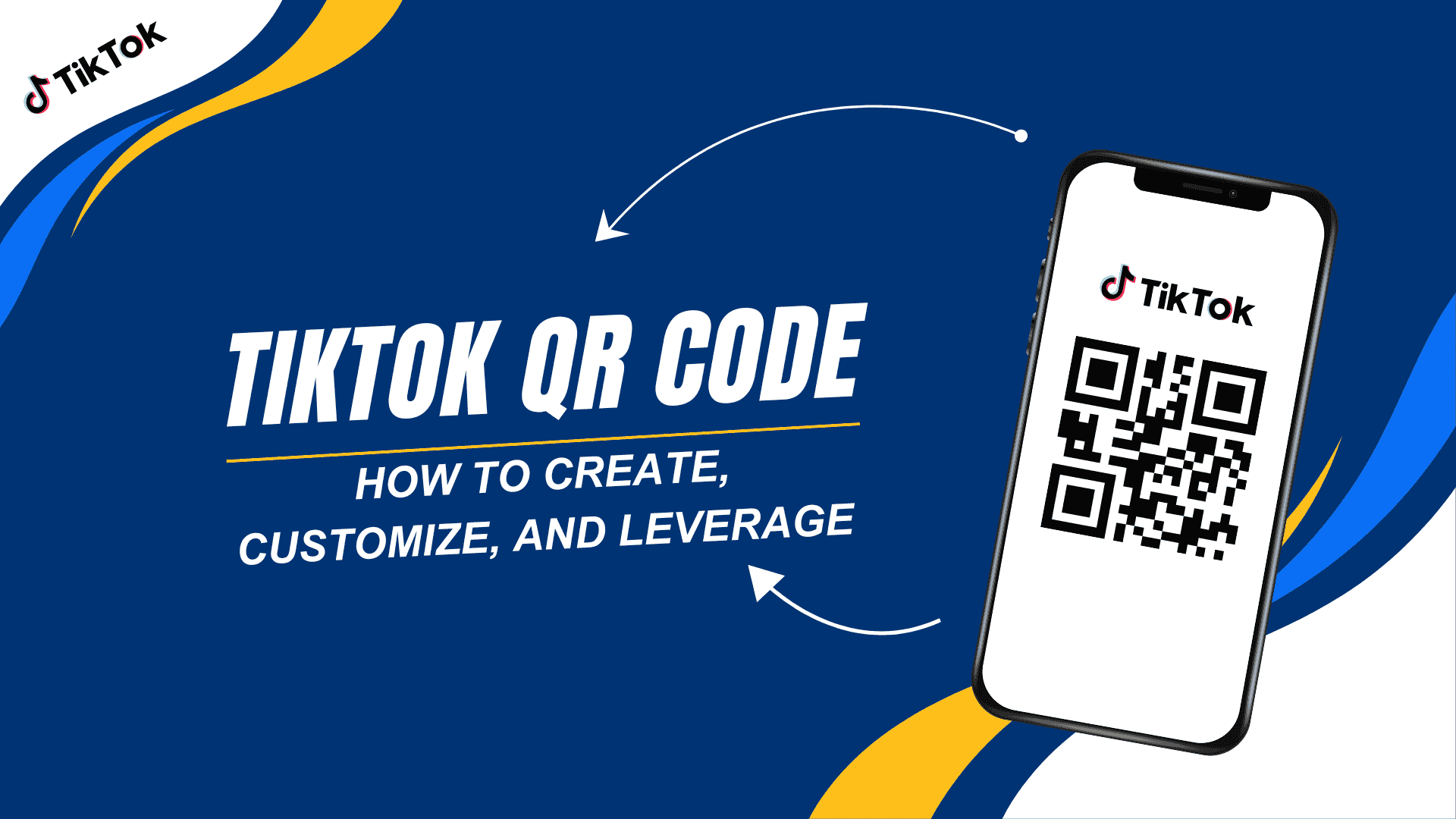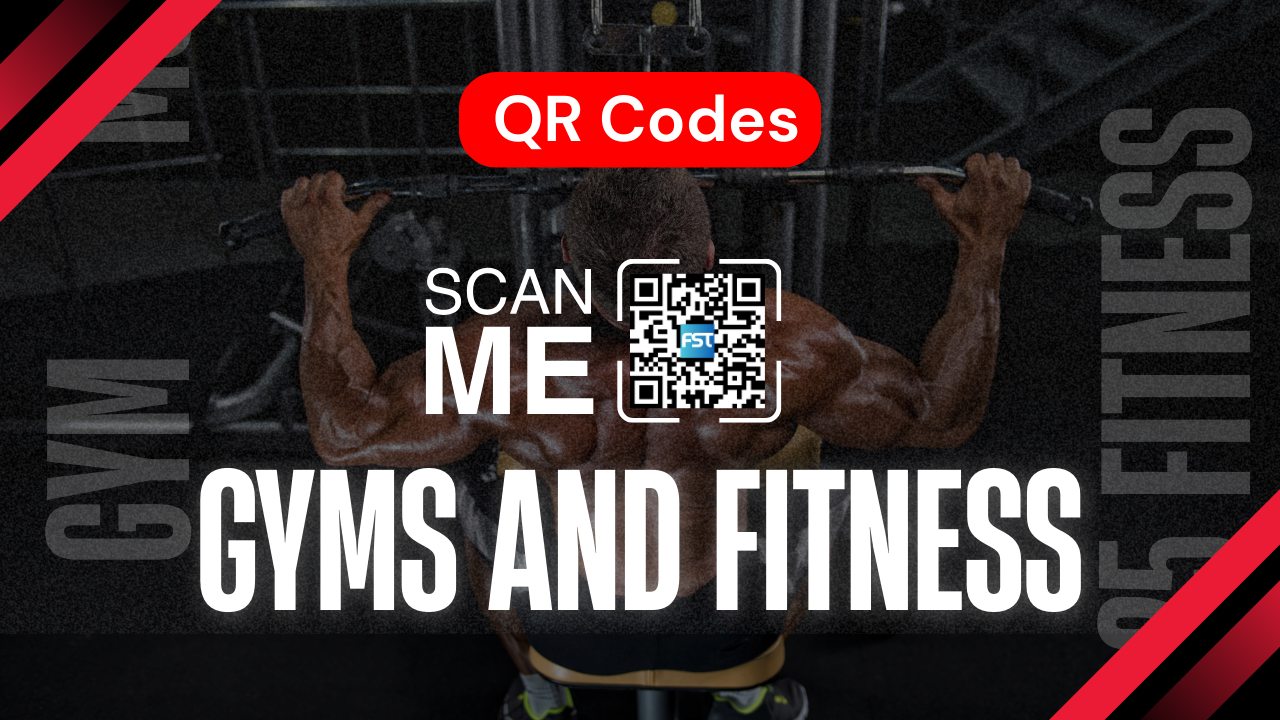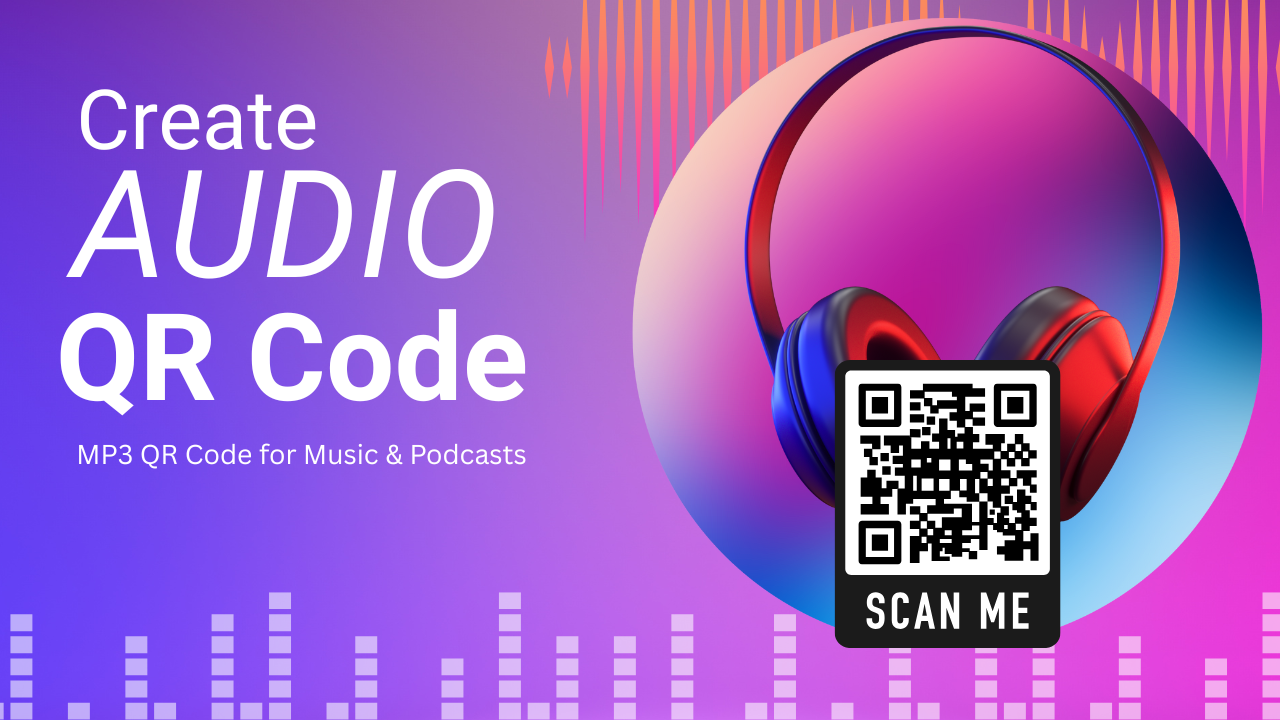
QR codes are now widely used to represent URLs, documents, plain text, and other items.The contemporary QR code generator is multipurpose, allowing you to create and distribute material without restrictions.Various QR code formats, including those for audio files, are available thanks to its comprehensive capabilities and simple setup.
An audio QR code generator may convert an audio file to a QR code, making it instantly accessible and shared.
Audio QR codes are particularly useful in various scenarios, from educational purposes to enhancing tourist experiences and event promotions.This post will lead you through the process of producing an audio QR code and explain why it's a useful tool for sharing music.
How Does a QR Code with Audio Work?
Audio QR codes make it easy to transmit music and other audio files. When you use a QR code generator for audio, you submit an audio file, such as an mp3, and it generates a QR code with a URL to the file. When scanned, this code takes users to the audio file for immediate playback.
In the classroom, teachers can exchange audio courses with pupils. QR code music may be used by travelers as an audio guide to places. Event organizers can use audio QR codes in promotions to share music or announcements, enhancing the event experience. Audio material may be made more accessible and shared by converting it to a QR code.
Advantages of QR codes for audio recordings
One enormous category of content is audio.Among many other things, it has voice messages, audiobooks, podcasts, and music.This kind of information presentation is perfect for an audile whose mental images are sound-based.It follows that in order to be heard, podcasters, audiobook authors, DJs, artists, and others need to find new means to share their work.QR code technology is useful in this situation. Creating an online QR code for audio files has several advantages.
Distributing simple multimedia content
Print advertising mediums cannot directly "transmit" audio recordings, in contrast to text or graphics.However, it’s easy to encode them in a modern QR code.You may provide people immediate access to music, podcasts, and other audio material through printed flyers, posters, or business cards by converting audio to a QR code.This approach bridges the gap between digital and physical media by guaranteeing that your audience can find your audio content with only a quick scan.
Excellent economic efficiency
The adoption of QR technology greatly lessens the need for businesses to advertise audiobooks, podcasts, and music through pricey methods.You may utilize a QR code audio file to reach your audience without spending money on physical media or expensive distribution channels.This reduces expenses while also improving the efficiency and efficacy of your marketing campaigns.Businesses may effectively and affordably disseminate their audio material by using an audio QR code generator.
Educative data
A dynamic QR code provides analytical data by allowing you to track the number of scans, the types of devices used, the users' locations, and other pertinent information.This insight is vital for improving and refining your marketing strategy.Examining how and where your audio-enabled QR code is accessed may help you design more targeted and profitable marketing efforts.
Adaptability to mobile devices
QR codes are ideal for this mobile-centric lifestyle, as it is anticipated that by the end of 2021, almost half of the world's population will use smartphones for everyday tasks.With a QR code audio format, people may easily access your audio material on their mobile devices while they're on the road.Your material will be easily available to the great majority of people who depend on their smartphones for daily chores if you employ a QR code audio file.
Examples of QR codes for audio content:
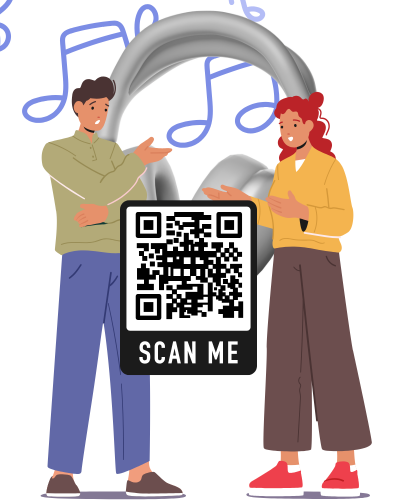
Students can exchange class notes or other useful sources of information with one another.
For educational institutions, this is a practical approach to deliver instructional information that will be available to anyone, including distance learning students.
In the resort industry, QR codes connected to audio recordings can let guests discover and learn more about the attractions without the need of a tour guide.
Concert, party, and other event organizers can create a fitting environment by using QR codes related to music in their advertising efforts.
Scan the QR code to listen to audio.
Once you've produced your QR code, people may access the audio material by scanning it with their smartphone.This technique eliminates the need for extra apps or complex navigation, allowing listeners to enjoy your audio clip immediately.Whether it's music, a podcast, or any other audio material, scanning the QR code gives you instant access, improving the user experience.
Conclusion
Creating QR codes for audio files is a flexible and effective method to distribute music, podcasts, and other audio information.An audio QR code generator converts audio recordings into easily accessible QR codes.
QR codes ease the process of providing instructional materials, improving visitor experiences, and marketing events, making your content easily accessible.Users may listen to audio instantaneously by scanning the QR code, without the need for any other apps or services.This strategy not only improves information delivery, but it also delivers useful insights and is ideal for a mobile-centric lifestyle.


